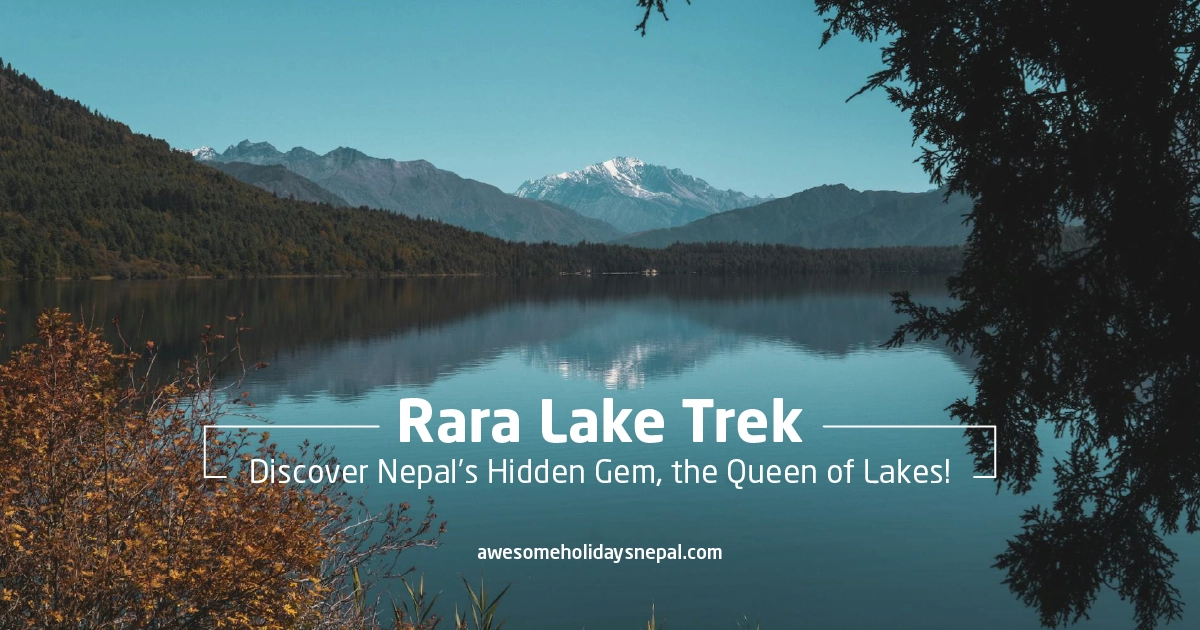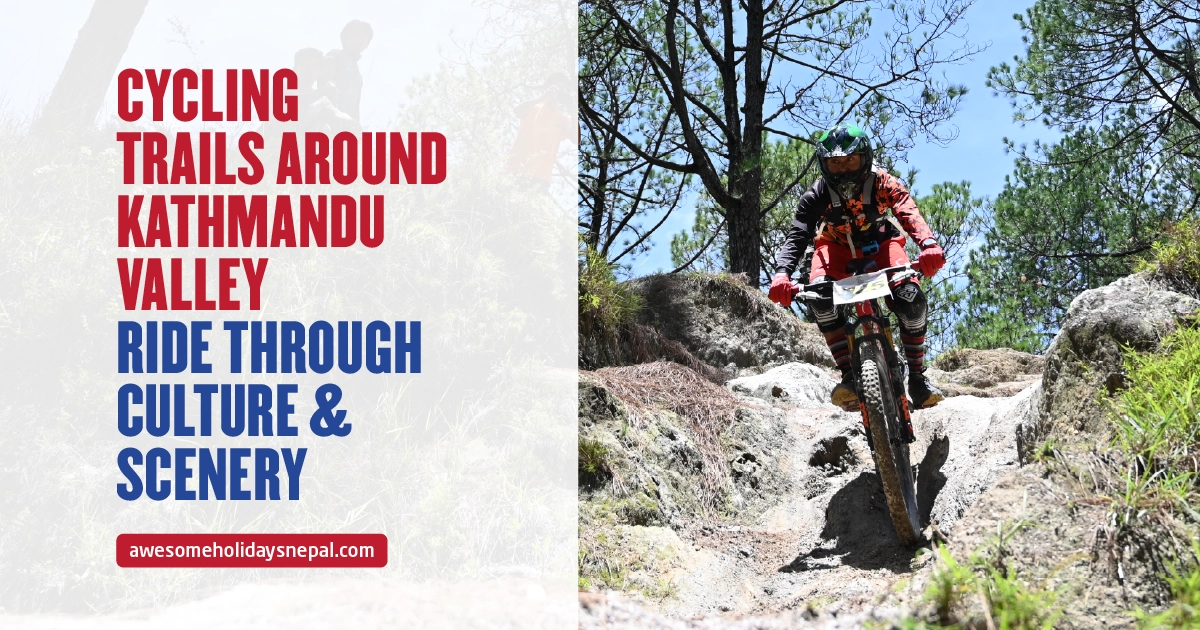Jhinu Danda: A Hidden Himalayan Retreat
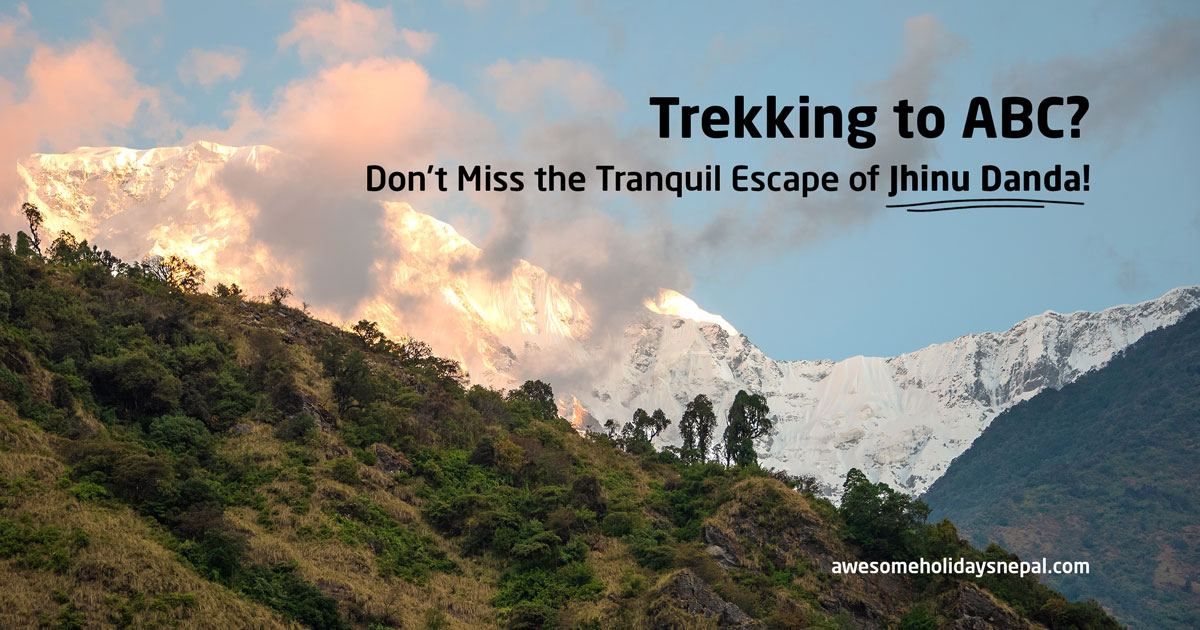
Are you looking to explore a new place where you can relax and enjoy the natural beauty? Then, Jhinu Danda is the perfect spot to go. It’s a serene village perched on a hillside in the breathtaking Annapurna region. As your legs are aching through your Annapurna base camp journey, you stumble upon this beautiful place.
Welcome to Jhinu Danda! This charming place is along the Annapurna Base Camp (ABC) trek and is famous for its stunning landscapes, natural hot springs, and warm hospitality.
So, if you’re looking for a spot that blends adventure with relaxation, Jhinu Danda is the perfect escape.
Jhinu Danda Location and Geography: A Trekker’s Oasis
Jhinu Danda is at an altitude of at 1,780 meters (5,774 feet) located in the Kaski district of Nepal and provides stunning vistas of the great Himalayas. From here, you can view Machapuchare (Fishtail), Annapurna II and Annapurna South. The village offers views of the Modi Khola River, and a 20-minute descent brings you to its noted natural hot springs.
Set near the river, these calming pools offer tired hikers a much-needed respite. Winding through rhododendron forests, the hike down to the hot springs intensifies the experience with their brilliant colours and tranquil atmosphere.
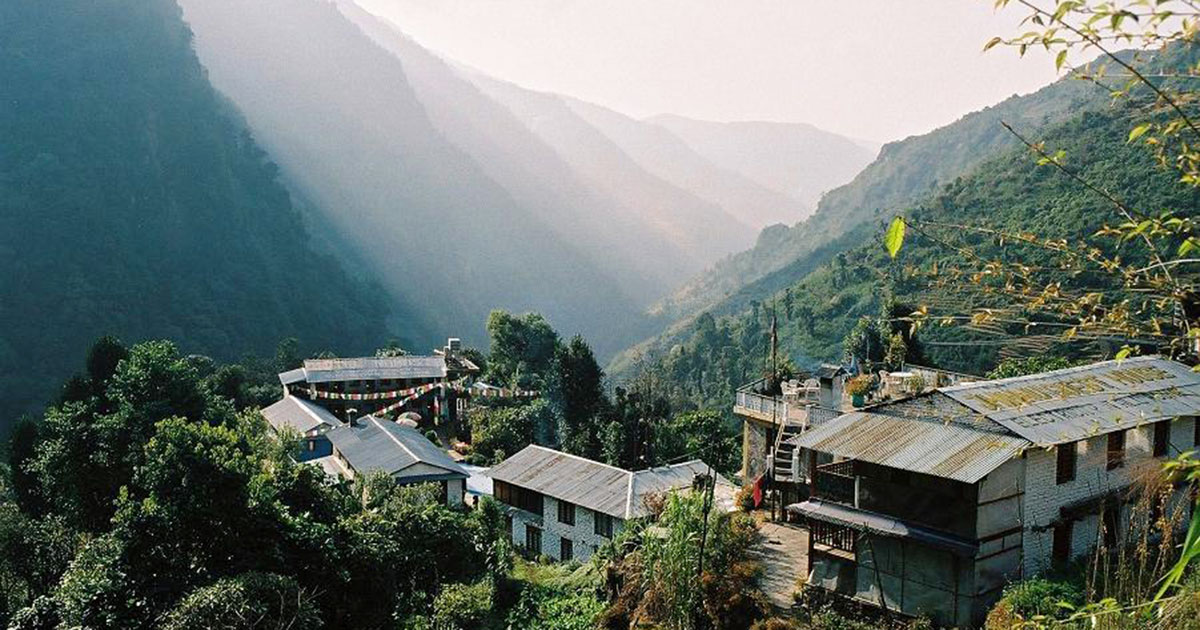
If you plan to go in June or July, though, note that the monsoon rains could cause the hot springs to be temporarily closed. Still, Jhinu Danda is a favorite midday stop for hikers starting from Landruk due to its beauty and tranquility.
More than just a picturesque rest stop, Jhinu Danda is vital to the Annapurna trekking loop. Between Chhomrong and Bamboo, which are major trekking centers, it provides trekkers a perfect spot to relax after the challenging paths to Annapurna Base Camp.
The hot springs are healing as well as decadent. Many hikers love their therapeutic effects; they say a swim in the warm waters relaxes achy muscles and re-energizes the body for the days ahead. Apart from the relaxation, Jhinu Danda offers stunning mountain vistas that have made it popular among photographers and nature enthusiasts alike.
Permits Required for Jhinu Danda
Before heading to Jhinu Danda, you should get two necessary trekking permits:
- Annapurna Conservation Area Permit (ACAP): You should get the permit as it is necessary for entry into the conservation area. The permit is easily available in the Nepal Tourism Board in Kathmandu or at trek entry points.
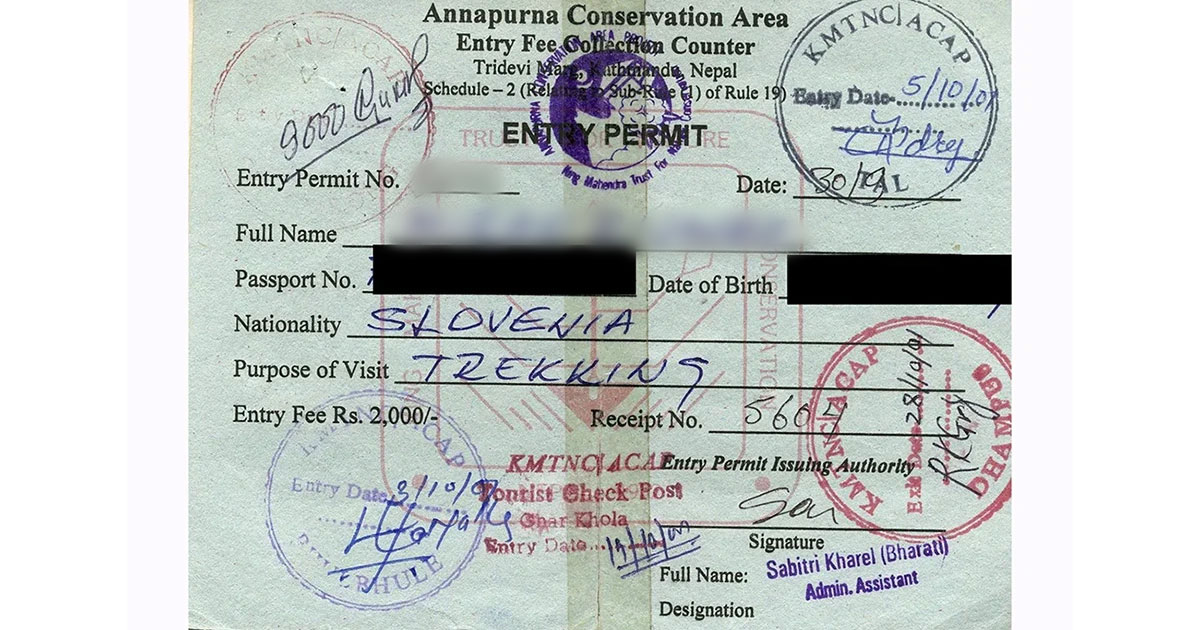
- Trekkers Information Management System (TIMS) Card: We all know that the card is mandatory for trekking in Nepal. You can get the TIMS card easily from the Nepal Tourism Board office in Kathmandu or Pokhara.
These permits not only grant you access but also contribute to the conservation of the Annapurna region.
Best Time to Visit Jhinu Danda
Timing is everything if you wish to see Jhinu Danda in all its magnificence. When the weather is at its best, the best seasons to travel are spring (March-May) and autumn (September-November), since the views are really stunning.
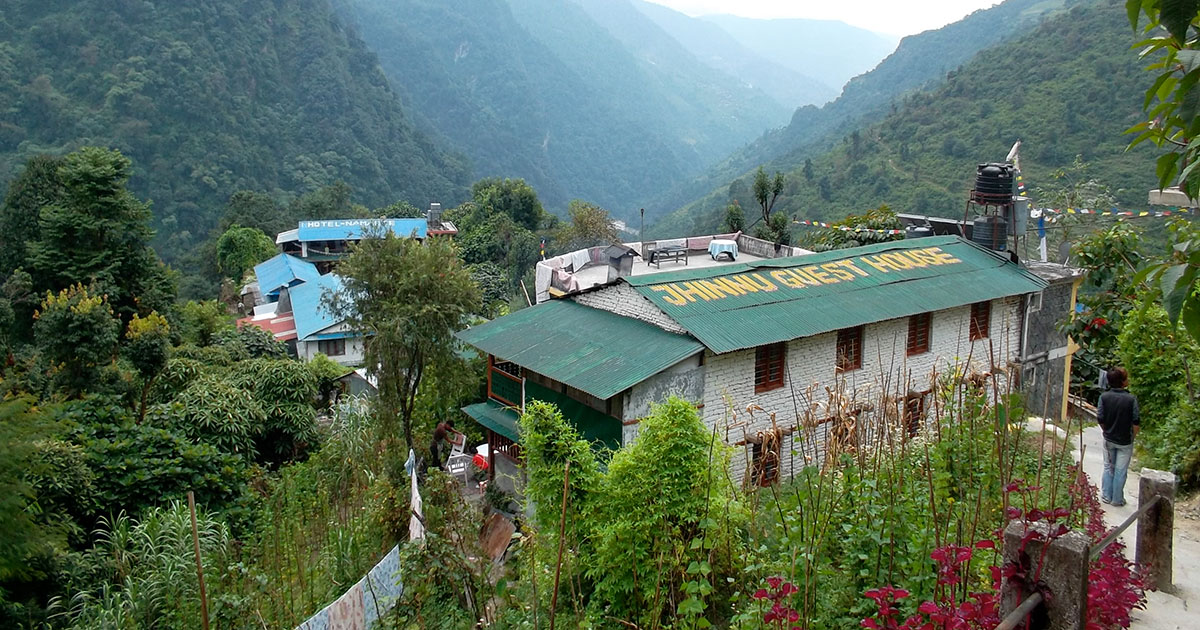
For obvious reasons, autumn (September to November) is the most preferred and popular season. The weather is mild, the Annapurna range views are absolutely stunning, and the sky is clear. Every mountain top set off crisply from the deep blue sky, creating a postcard-ready view. Furthermore, this season features the most important Nepali festivals—Dashain and Tihar—that contribute a lively cultural experience to your journey. Seeing these great festivities in the neighboring towns, with homes decorated in lights and residents clad in indigenous dress, gives your trip an extra level of enchantment.
Do check out: Top 10 Festivals of Nepal
Spring (March to May) on the other hand changes Jhinu Danda into a vibrant heaven. Surfing rhododendron woods blooming around the hills gives hikers a dreamy backdrop. Trekking is fun in the nice weather, and the longer daylight hours let you leisurely cover formerly ravaged ground.
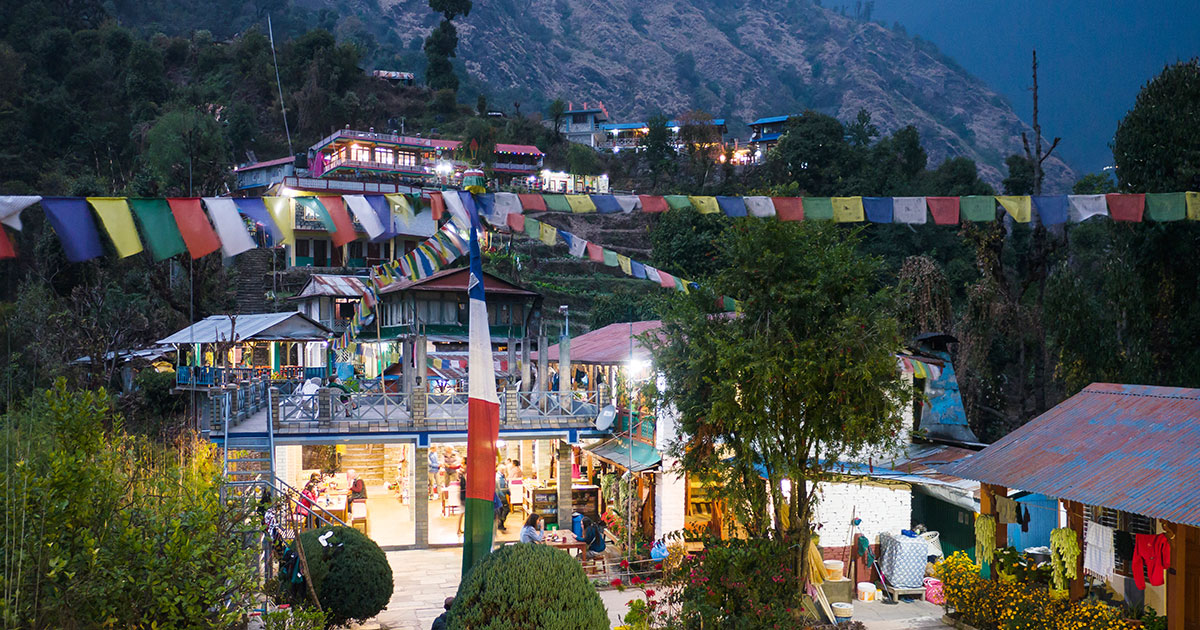
It is also the photographer’s perfect season, since the rich vegetation and brilliant blooms contrast well with the snow-capped mountain range in the distance.
Winter (December-February) may be an option if you seek seclusion and cold doesn’t bother you. Though the mountain vistas are still amazing, and the sky is clear, the temperatures fall dramatically, particularly at night. However, fewer trekkers mean a calmer time at the hot springs, where one may relax in warm water and just listen to the river roving by.
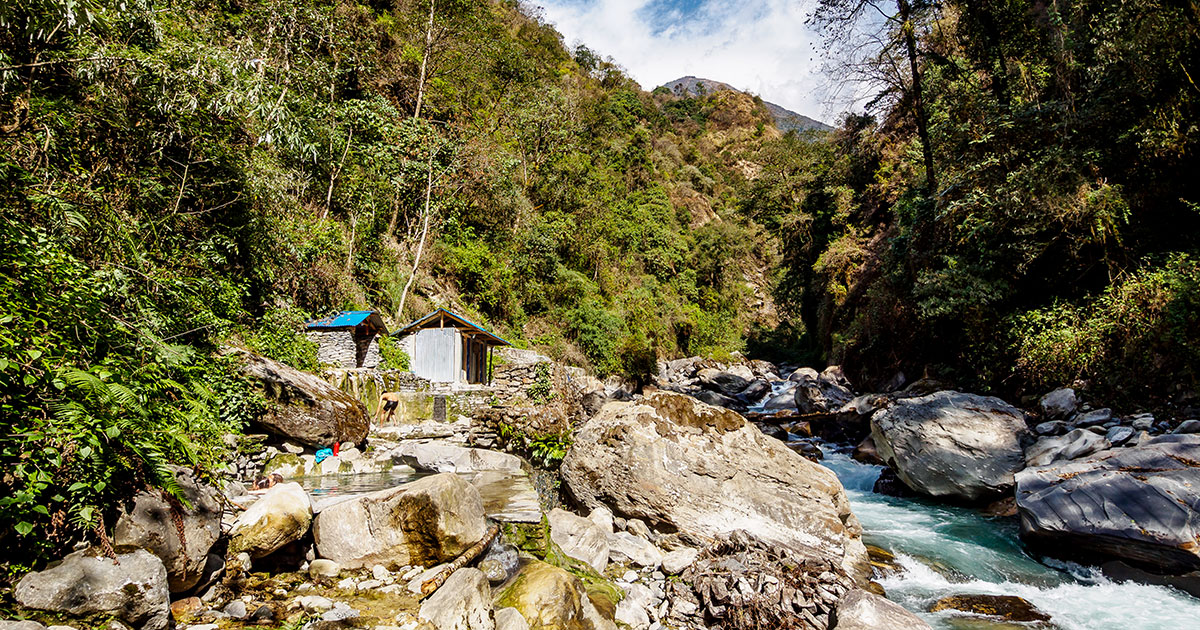
The monsoon season (June-August) is best avoided because of trail conditions and heavy precipitation.
Things to Do in Jhinu Danda
1. Take a Dip in the Natural Hot Springs
Most noteworthy in Jhinu Danda are the hot springs. Many think the naturally warmed water has healing qualities since it is full of minerals. Listening to the gentle flow of the Modi River as you relax in these pools following a long trek is a memory you will cherish.
2. Hike to Nearby Viewpoints
If you’re up for more adventure, check out the hills surrounding.
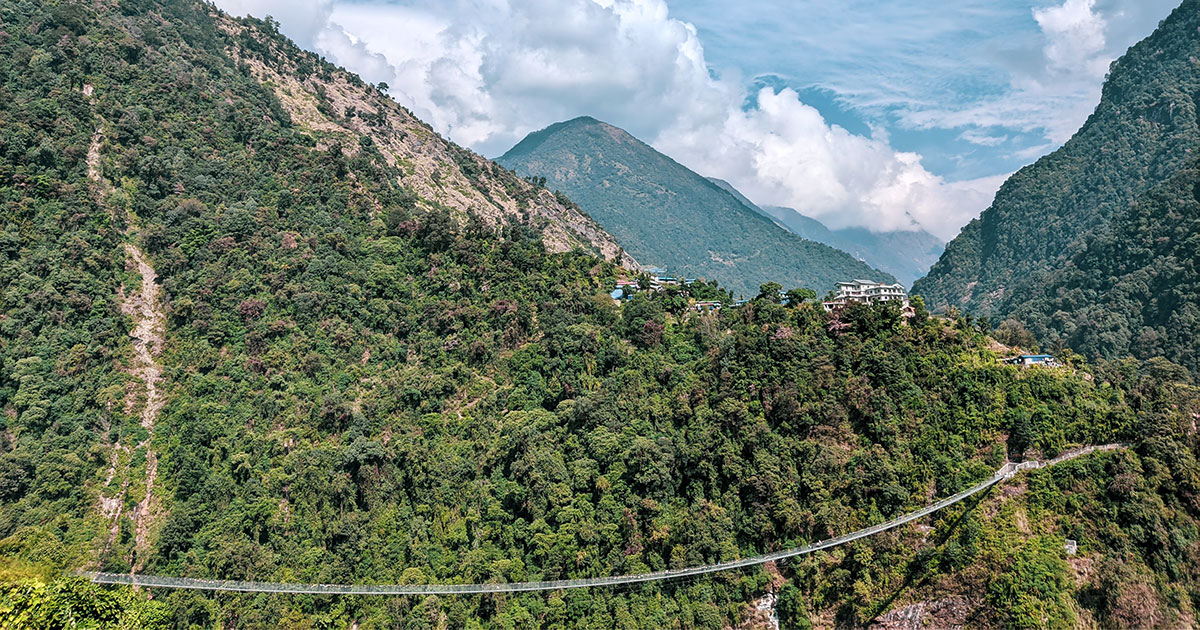
From Jhinu Danda to Chhomrong or Landruk, one can see magnificent sunrise and sunset over the Annapurna range.
3. Experience Gurung Culture
One of Nepal’s most prominent ethnic groups, the Gurung people, live in Jhinu Danda. Staying a night here lets you see native performances, savor local cuisine, and meet residents. Your expedition gains a particular angle from understanding their daily life and distinct practices.
4. Enjoy Local Nepali Cuisine
Teahouses and lodges offering great Nepali dishes abound for trekkers. You should definitely try the hearty dal bhat—Nepal’s customary meal of lentil, rice, vegetable, and pickle meal. This is the best fuel that keeps you going!
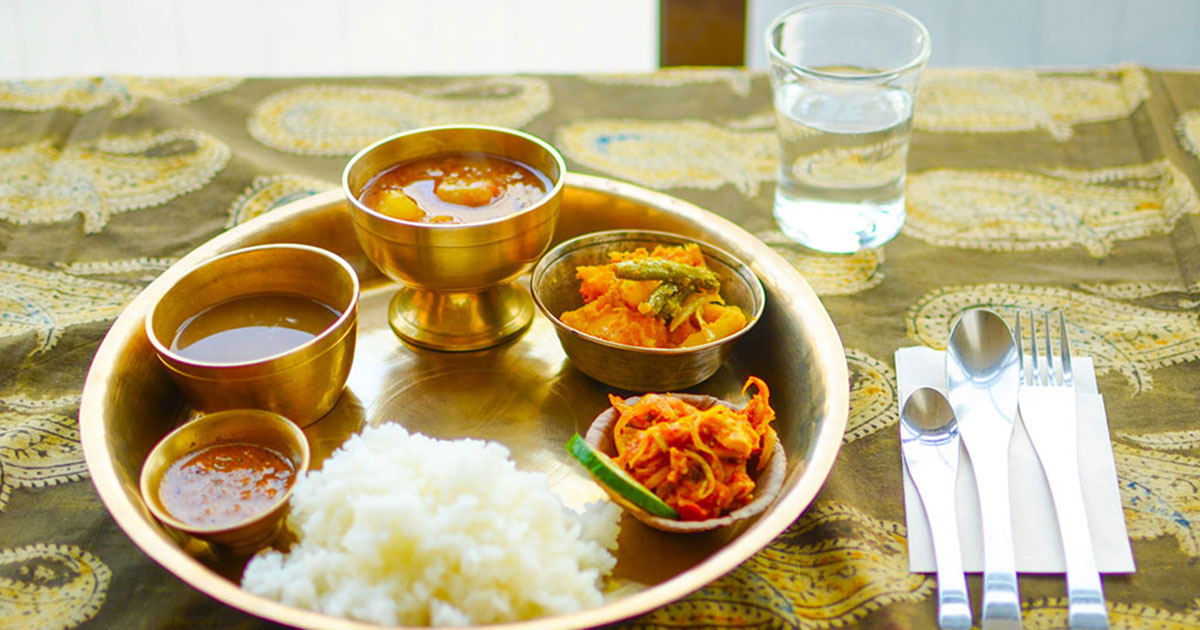
If you want to know the Foods You Shouldn’t Miss While in Nepal, do read our blog.
5. Capture Stunning Photographs
The stunning views of Jhinu Danda will appeal to all the photography enthusiasts. Every corner is a perfect photograph opportunity from the terraced fields and rhododendron woods to the great Himalayan peaks.
Accommodation and Facilities
For hikers, Jhinu Danda has several types of lodges and tea houses. Accommodations come in private rooms or dormitory-style accommodations and are basic yet cozy. Normally, tea houses offer little extras including WiFi and hot meals for a modest charge.
Though not opulent, these lodges provide a friendly and welcoming environment where you may trade talks with other hikers around a small fireplace.
Is Jhinu Danda Worth the Visit?
Definitely! it is a must-see spot, as it offers the perfect combination of breathtaking mountain vistas, cultural experience, and natural beauty.
So, whether you are on your way to Annapurna Base Camp or exploring the Annapurna area you should definitely explore this gorgeous place. You’ll fall in love with the tranquil warm springs, Gurung culture and traditions. So, you get to form unforgettable memories that will last for a lifetime.
If you are contemplating visiting this beautiful nation, you should definitely come to Jhinu Danda and appreciate its magnificence. We vouch that you won’t regret the decision!
FAQs
Expand AllWhere is Jhinu Danda located?
Jhinu Danda is located in the Kaski district in the Annapurna region of Nepal along the Annapurna Base Camp trekking route.
What is the elevation of Jhinu Danda?
Jhinu Danda is situated at an elevation of 1780 meters (5,840 ft.).
What is an ideal time to visit Jhinu Danda?
The best time to visit Jhinu Danda is spring (March-May) and autumn (September-November).
What are the permits required to visit Jhinu Danda?
You need to get two permits Annapurna Conservation Area Permit (ACAP) and Trekkers Information Management System (TIMS) Card.
How is the accommodation in Jhinu Danda?
There are plenty of lodges and tea houses for accommodation in Jhinu Danda. The accommodation facility is pretty good in Jhinu Danda.
Can we visit Jhinu Danda even if we are not going for the Annapurna Base Camp Trek?
Off course, you can also visit Jhinu Danda independently. It is a great spot if you want to immerse yourself in the natural beauty and relax in a hot spring.
Related blog posts
Discover a choice of tourist destinations loved by most of our visitors. Whether you're on a jungle safari to spot rare animals or walking through a world heritage site, these well-planned itineraries cover the major highlights of Nepal.


